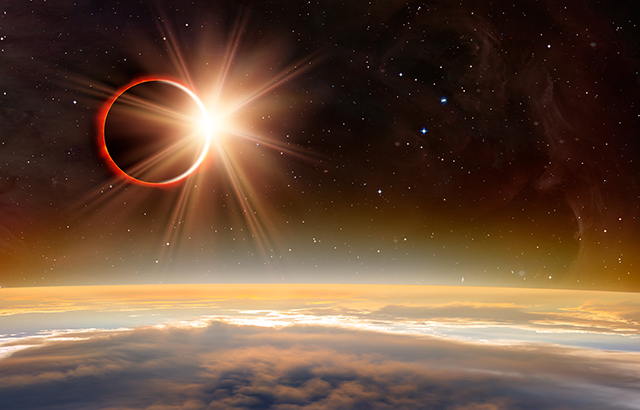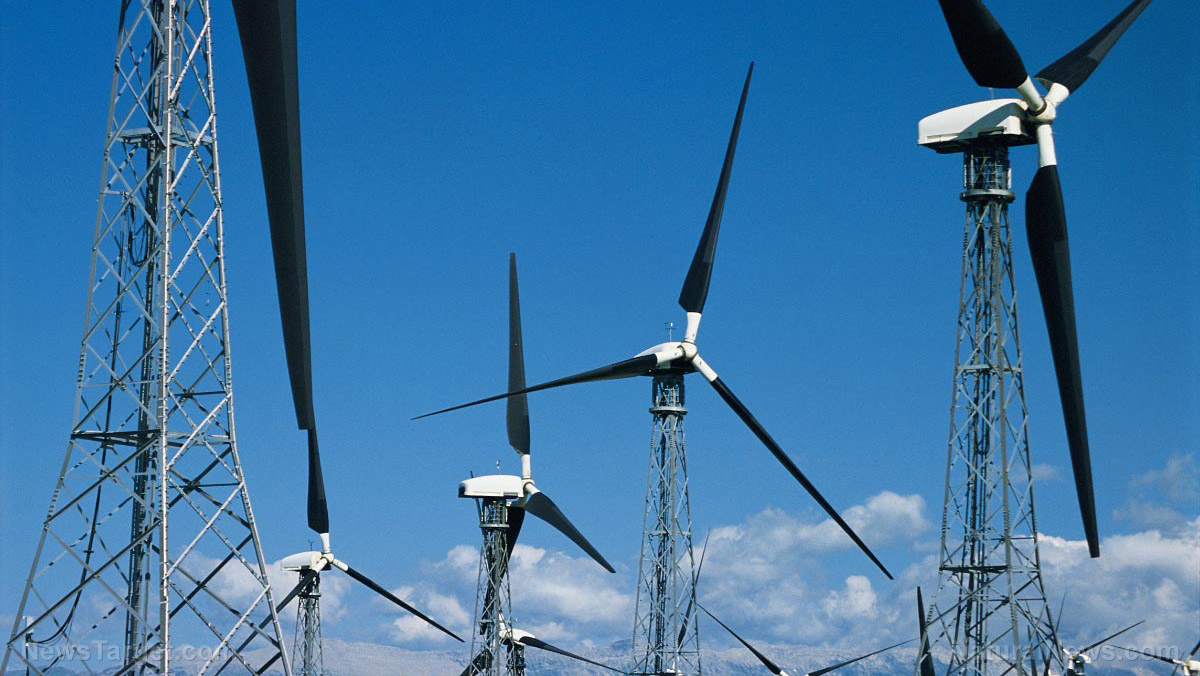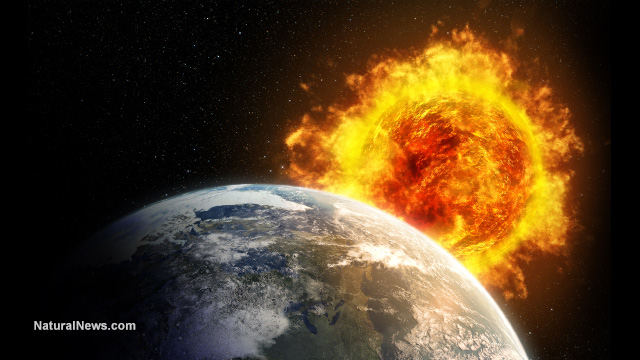Does cosmic rain explain climate change? Cosmic rays “rain down” through the atmosphere, influencing the weather
03/12/2019 / By Rita Winters

Our planet has experienced varying degrees of warmth and cold climates, including the extremes. The exact answers as to why Earth undergoes these changes has yet to be discovered, but some researchers from the Technical University of Denmark (DTU) may have found one of the reasons.
According to the DTU study led by Dr. Henrik Svensmark, and published in the Nature Communications journal, particles from space affects the climate on Earth. Researchers found that cosmic rays containing highly charged particles from stars that have exploded (supernovae) affects the Earth’s atmosphere by triggering a creation of seeds in our atmosphere that forms clouds around them. These particles are also thrown out by our own sun, but particles from exploding stars light years away can still reach us.
In the past, the Medieval Warm Period from 1000 A.D. was 1-2 C warmer than the early 20th century. The Little Ice Age of 1300 to 1900 A.D. was recorded to have had a drop of 0.6 C across northern Europe with glaciers advancing across the Alps in the middle of Europe. Both those periods were consistent with changes in solar activity.
In the study, the effect of cosmic rays on our planet’s atmosphere was simulated using a cloud chamber, which is a sealed container that replicates the Earth’s upper atmosphere. Then, 0.2 nanometer-sized ions were directed to enter the chamber, and resulted in condensation or formation of cloud nuclei or “cloud seeds.” The more cloud nuclei there is, the more clouds and a more cooler climate occurs.
How does it work?
The cosmic rays of high-energy particles that “rain” down on Earth knocks electrons out of the air molecules, which produces positive and negative molecules in the atmosphere called ions. These ions assist sulphuric acid and water molecules form, and stabilize against evaporation (nucleation). Another role of these ions is that they hasten the growth of aerosols into the cloud condensation nuclei which water droplets adhere to in order to make clouds. As mentioned above, the more nuclei there is, the more clouds there are. As can be observed by anyone without a scientific background, clouds that are heavy with water (rain imminent) are closer to the ground, making the Earth’s surface much cooler.
The sun, which is a cosmic ray producer, is a factor in the change in climate. When the sun is “lazy”, or magnetically weak, the more cosmic rays reach the Earth, therefore producing more clouds and a cooler climate. When the sun is active magnetically, fewer cosmic rays reach the planet and in the atmosphere produces less clouds (warmer climate). This is also exclusive of the elliptical orbit of the Earth which dictates the planet’s seasons – the farther the Earth is from the sun, the cooler the planet is, and vice-versa.
The implications of the study suggests that the process affects climate changes observed in the 20th century; that the cooling and warming of 1-2 C have occurred repeatedly over tens of thousands of years with the sun’s varying cosmic ray activities; and that the larger variations of up to 10 C may be associated with the fact the the solar system which includes the Earth and the sun is traveling across the galaxy, passing numerous exploding stars.
Sources include:
Tagged Under: aerosols, atmosphere, changes in climate, climate change, cloud ions, cloud nuclei, clouds, cosmic rays, Earth climate, historical climate


















